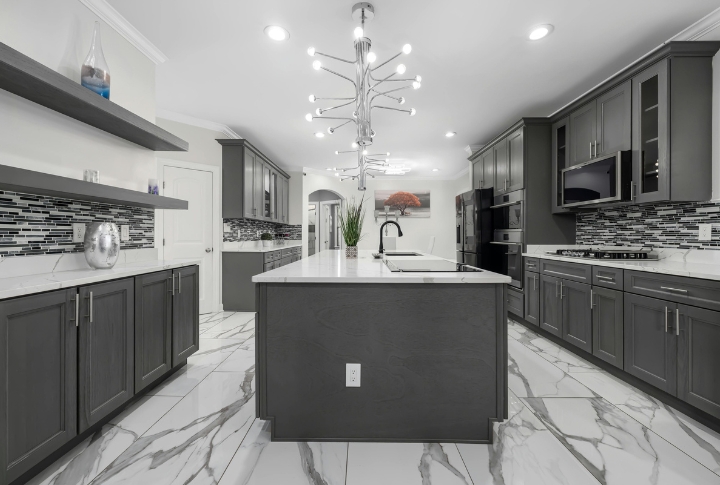
Quartz looks sleek, modern, and easy to love—but that polished surface can hide a few surprises. Before committing, it’s worth knowing what doesn’t always get mentioned upfront. Some downsides show up quickly, and a few might not match your lifestyle or budget at all. Here’s what to watch out for.
Susceptibility To Heat Damage
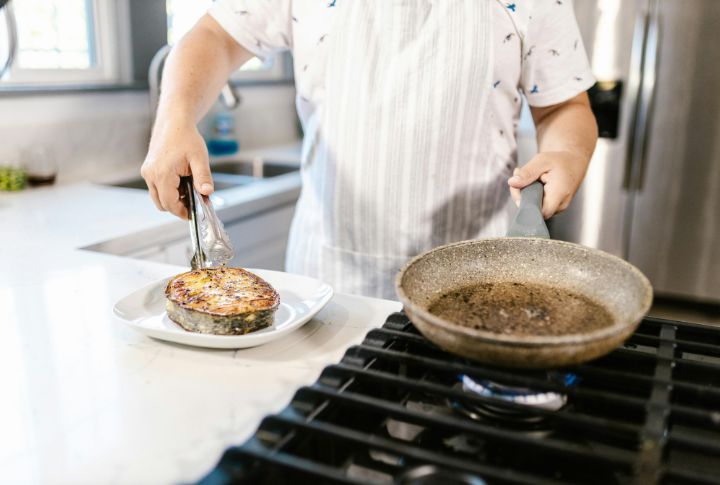
Quartz countertops provide some heat resistance, but that doesn’t make them heatproof. When exposed to temperatures above 300°F, the surface may become discolored or even crack. One direct placement of a hot pot can leave behind a permanent white ring. To avoid that kind of damage, always use a trivet or heat pad.
Limited Resistance To Harsh Chemicals

Exposure to strong chemicals is one of quartz’s lesser-known weaknesses. Solvents like paint removers and oven cleaners frequently degrade the resin and dull the surface permanently. Even household cleaners labeled “all-purpose” might carry ingredients that do damage. Using only quartz-safe products is key to protecting the finish.
Not As Hard As Natural Stone
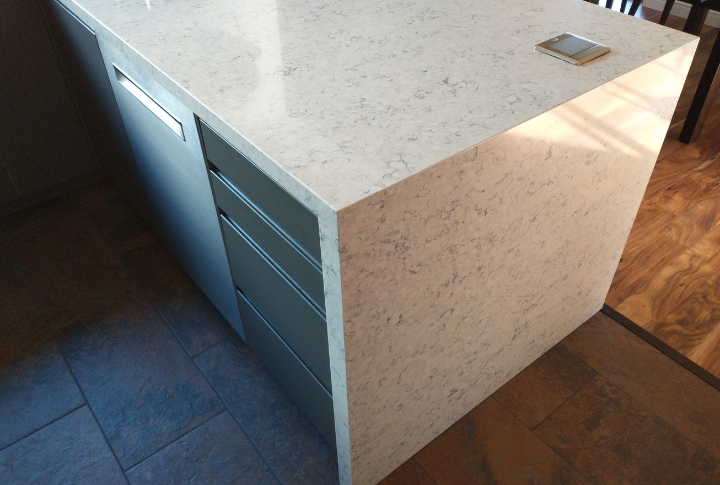
Despite scoring a 7 on the Mohs scale, quartz falls short of granite or quartzite in hardness. That’s due to the resin mixed into its engineered design. Over time, this softer composition raises the chance of surface chipping. So, while the name suggests toughness, quartz countertops don’t match the strength of natural stone.
Limited Outdoor Suitability

Quartz doesn’t hold up well outside. Constant sunlight exposure causes fading, yellowing, or warping, especially in uncovered areas. This makes it a poor choice for patios or outdoor kitchens. Though great indoors, it lacks the long-term durability needed for exterior environments.
Lack Of Natural Uniqueness
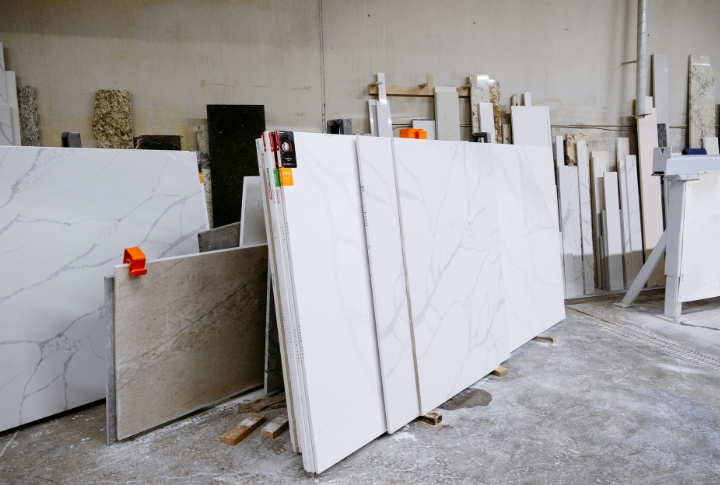
Engineered for consistency, quartz countertops feature repeated patterns that create a uniform look across slabs. Unlike marble or granite, which reveal natural, one-of-a-kind markings, quartz lacks that organic variation. The design provides visual control, but it can feel overly manufactured.
High Cost Compared To Alternatives
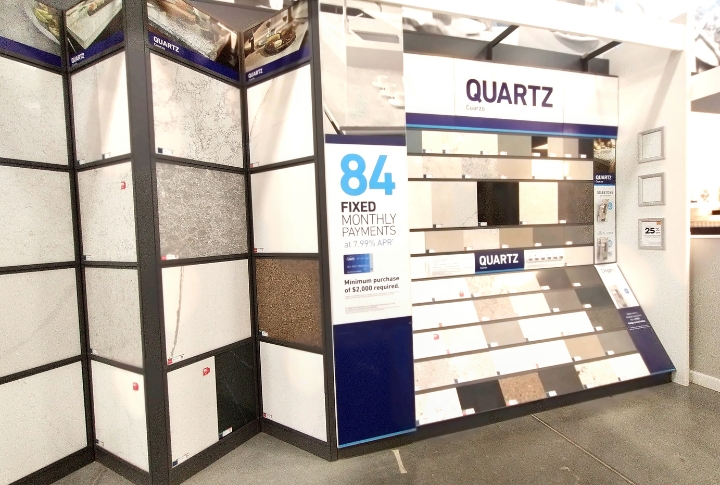
This high-end countertop choice can quickly derail a budget; Quartz typically ranges from $50 to $150 per square foot. That level of cost frequently pushes a renovation over budget. For homeowners watching expenses, options such as laminate or butcher block offer a similar look without the added financial pressure.
Difficult Repairs After Cracks
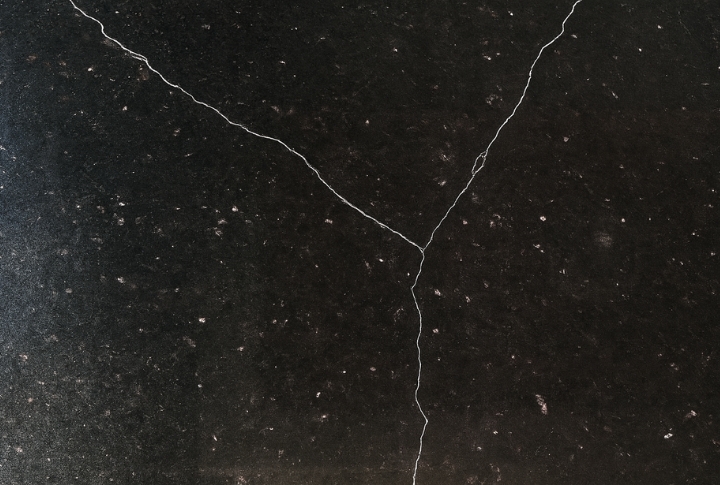
Cracks in quartz aren’t easy to fix. Its non-porous surface and resin makeup make seamless repairs nearly impossible. Most DIY kits leave behind visible lines, and full replacement is often the only real solution. To avoid damage in the first place, use cutting boards under heavy objects and protect the surface from sharp impacts.
Moisture Can Compromise The Resin Over Time

High humidity gradually weakens the resin that holds quartz together. In moisture-heavy areas like bathrooms, long-term exposure can dull or damage the finish. Steam showers are especially harsh on the material. Quartz performs best in dry, well-ventilated spaces where water doesn’t settle or remain for extended periods.
Not Seamless In Large Installations
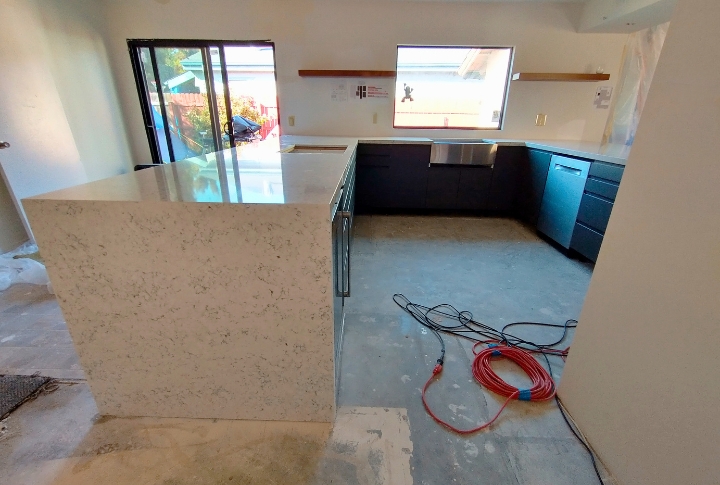
That polished quartz surface may shine in catalogs, but reality shifts in larger layouts. Because slabs come in limited sizes, seams are almost inevitable on extended countertops. Even top-tier installers can’t always hide them. Natural stone offers better flow where continuous, unbroken surfaces matter most.
Not Fully Sustainable
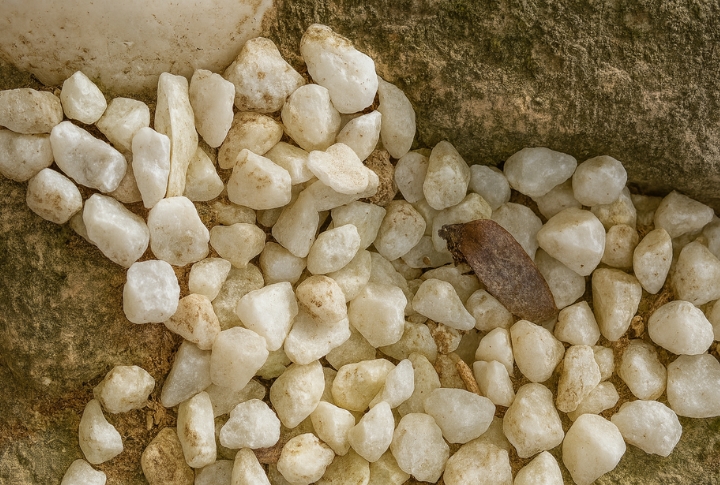
Quartz poses environmental concerns due to its energy-intensive production and reliance on mined materials. The process generates significant waste, and the end product offers little recyclability. For anyone focused on sustainability, its environmental footprint makes quartz a less responsible design choice.

